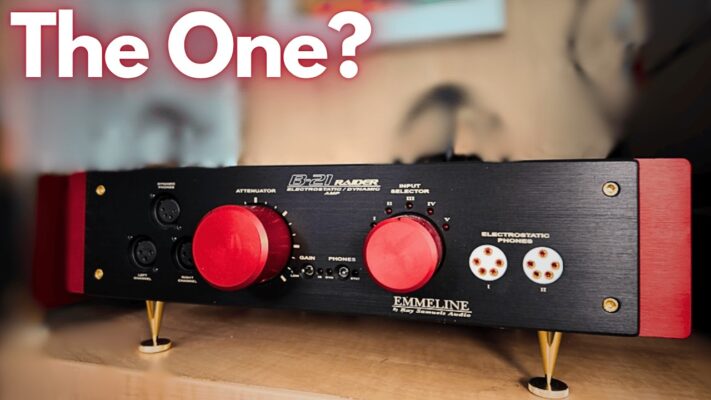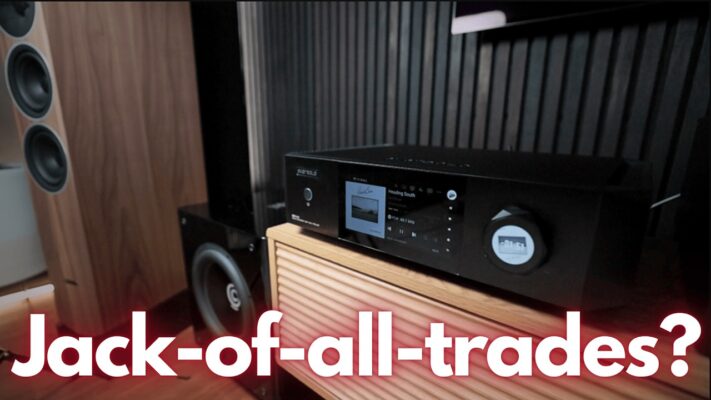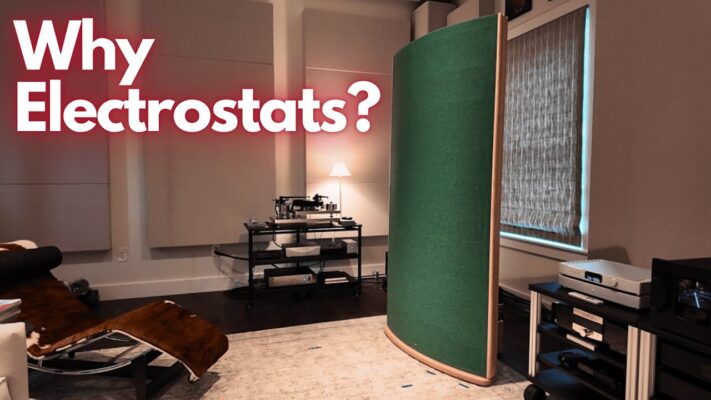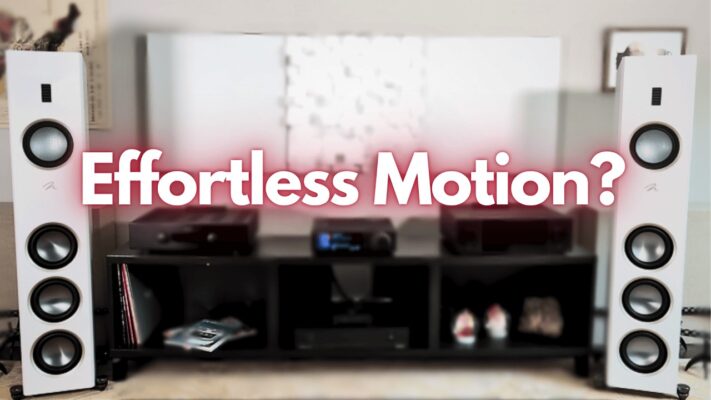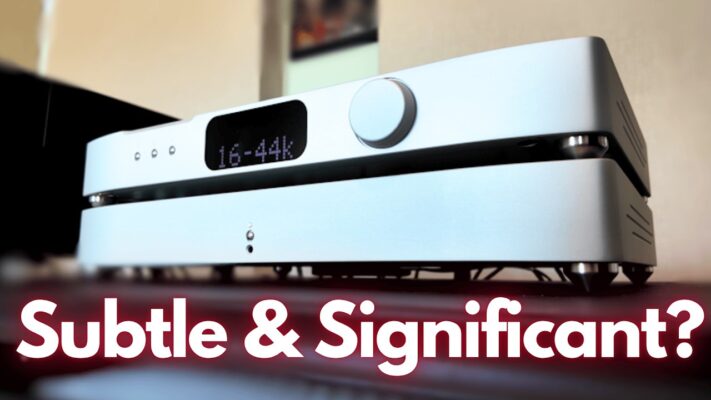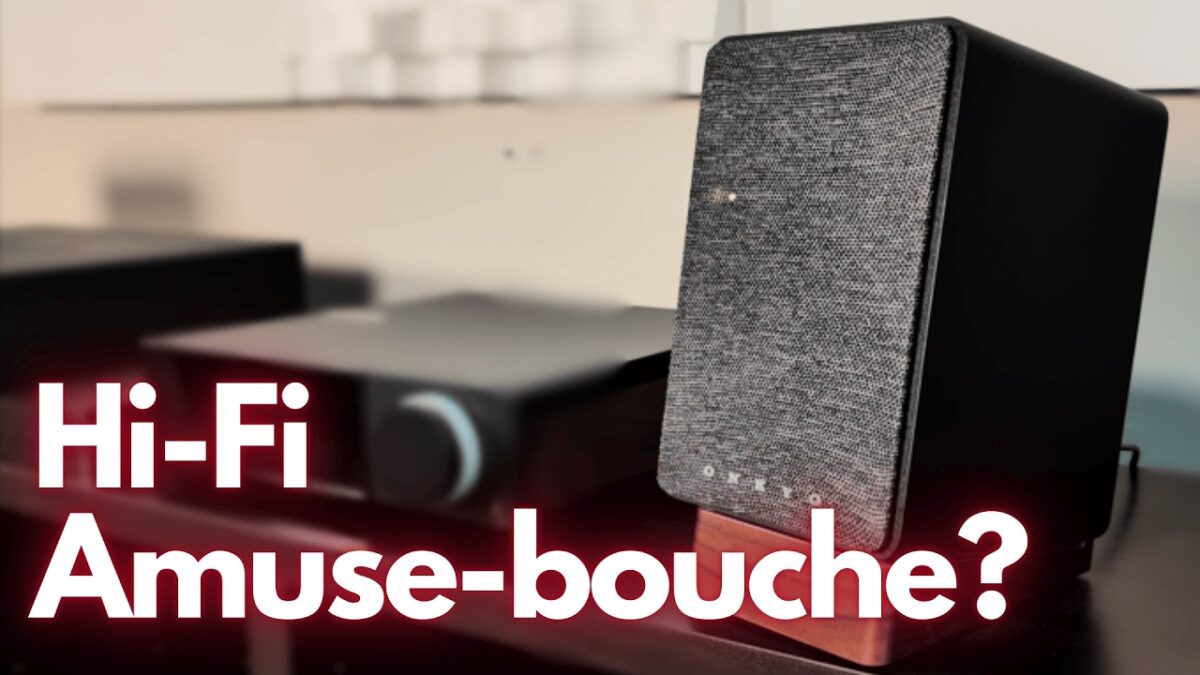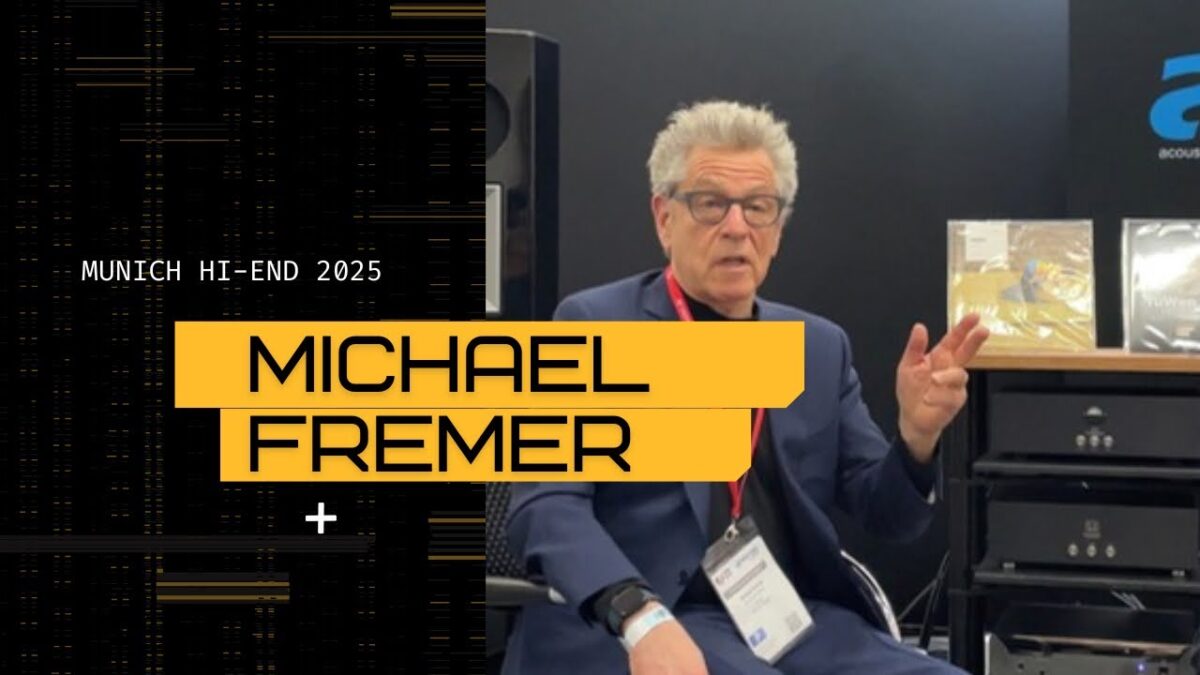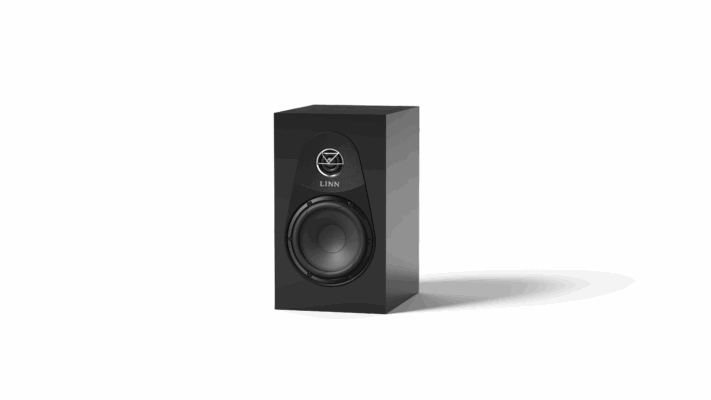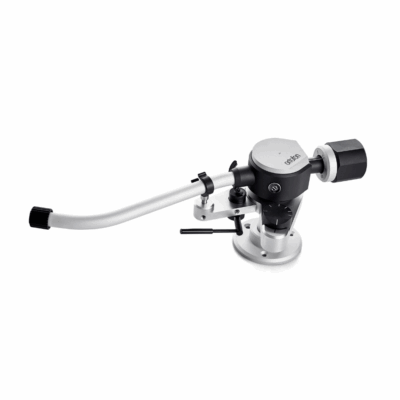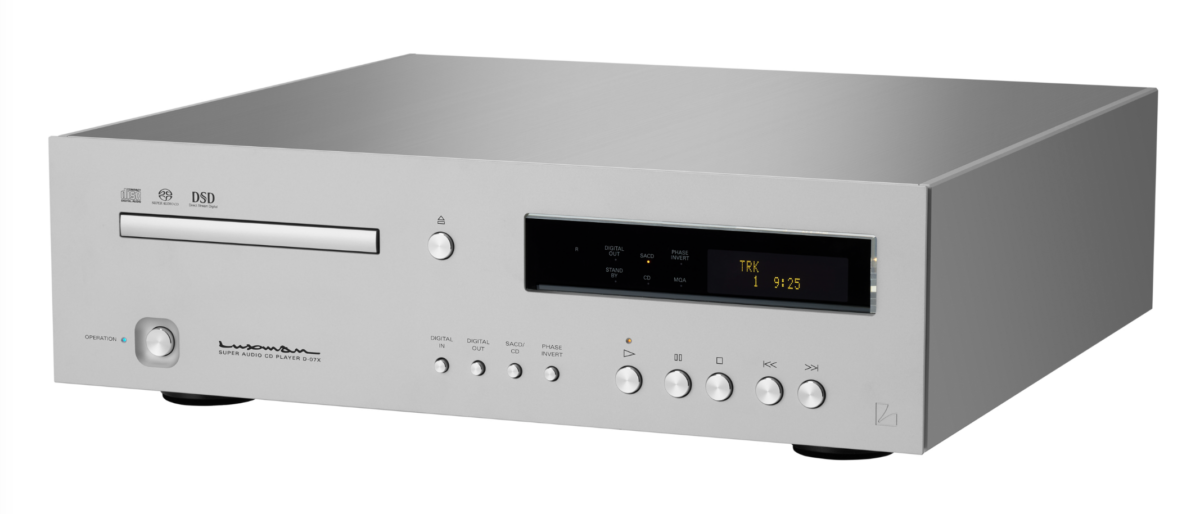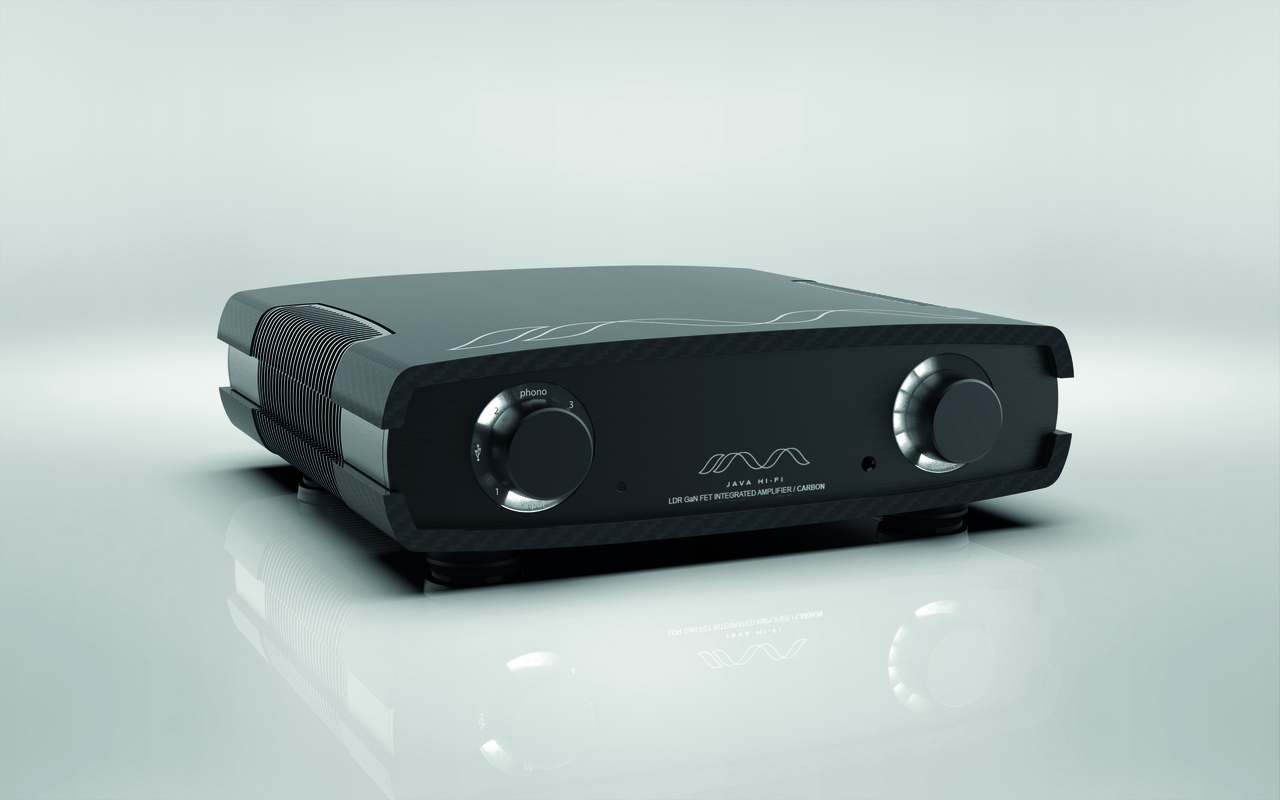
It’s a DAC, it’s a phono stage, it’s a pre-amp, it’s a power amp. And all in one chassis. So far so normal for the world of integrated amplifiers.
What makes Java Hi-Fi’s Double Shot different is its striking minimalist visual aesthetic and the attention paid to fit’n’finish by the Auckland-based company. This is a high-end designer product intended to slot seamlessly into a duplex Manhattan apartment, sharing the space with the owners’ collection of iconic American furniture and Jackson Pollock originals.
Eyeball appeal
The amplifier’s quasi-organic form factor is available in a range of natural wood finishes and colours, but the review sample came in premium carbon fibre that designer Martin Bell says is 9mm thick, chosen for its anti-RFI properties as well as eyeball appeal. It looks piano black from some angles, but from others flops to reveal the carbon mat structure. Beneath the gloss gel coat is printed Java Hi-Fi’s logo in a pearly silver. Heatsinks for the gain stages inside are inlet into the sides of the chassis, looking rather like the gill flaps of a basking shark. Overall, it screams quality in a kind of muted, high-class way.
That vibe continues on the front panel where, rather than the normal for the sector disjointed scattering of switches and lights we find, apart from a 6.3mm headphone socket, just two large chromed knobs, one left, one right. If we place a questing finger-tip on either one we find that it rotates freely, with a pleasing weight to it. The left knob allows sources to be selected, the right one volume. Segments around the perimeter of each knob light up to show source and volume status. Both functions are also controllable via the supplied hand-held remote.

On the back things get rather more industry-standard with four sets of XLR line inputs, a pair of RCAs and a grounding post for phono input, along with XLR pairs for fixed and variable out, a stubby Bluetooth (aptX) antenna and of course two pairs of speaker binding posts. The Double Shot is also designed to work with digital audio, but limits the inputs to just a single USB-B input. This is understandable, as the rear panel is densely packed with XLR sockets, but more digital options would be nice.
Light-dependent
Inside is Java Hi-Fi’s design of an active line stage using light-dependent resistors. Bell has combined this with OEM boards from several different suppliers. The power amplifier modules are GaN FET-based Class D units by Elegant Audio Solutions, a well-regarded pioneering specialist in the field. There are two, configured for fully balanced operation, allowing the Double Shot to deliver 400 Watts per channel into eight Ohms. The DAC module uses dual Burr-Brown PCM1794As ASICS and supports up to 24-bit 192kHz PCM and DSD. The phono stage is built around an LCR network using Japanese resistors and German capacitors. It is Moving Magnet only.
Paired with the household’s PMC MB2se speakers, the Double Shot produced a sound that I consider would have most buyers in Java’s target market segment purring with delight. Readers harbouring any lingering doubt about full-range Class D amplification need to take a listen to the current crop of amplifiers – the Double Shot included – to hear how far things have come. The jury’s still out on whether or not GaN sounds superior to MOSFETs in switching amplifiers, but pioneering engineers like Skip Taylor of Elegant Audio Solutions are working hard to drive it to the point where it becomes the default technology in high-end audio. We should nod towards Bell too for making what some might regard as taking the bold option and choosing to use switching GaN in his aspirational products.
In the Double Shot, he pulls it off though. Some might be tempted to suggest that the amplifier offers an almost tube-like level of liquidity and sonic saturation, but having lived with a review sample for a while I can report that this would be an overreaction, perhaps brought on by relief at the discovery that it doesn’t exhibit the dry and somewhat colourless sound that used to be associated with Class D.
As an amplifier of external line sources, the Double Shot achieves a level of transparency up there with that offered by some of the better alternative integrated amplifiers on the market, irrespective of their underlying technology. Some of this may be a result of Bell’s implementation of light-dependent resistor attenuation – attractive since it reduces the number of noise-prone contacts in the signal path. LDR is not more commonly seen because it requires an ultra-quiet power supply if the noise advantage is not to be thrown away.

Up to the mark
The quality of the power supply specified by Bell is evidently up to the mark here, and as well as strong transparency, it also allows the Double Shot to deliver all four musical pillars to a satisfying and broadly competitive degree of competence. There’s the required grunt and speed to support the GaN modules in driving big transients with a satisfying snap, underlying power and some pleasing richness. The combination doesn’t lean out and get flatter dynamically through the midrange like Class D of yore, and there’s enough tonal and textural detail at the top end to render cymbals, for example, as quite believable wooden stick-on-alloy events.
Selecting the in-built phono stage and then a little later the DAC only firmed up the sense of all-round solid competence and balance. It may contain an assemblage of functional modules from different sources, but the Double Shot has them all flying in formation, just as if they were all from the hand of the same designer and manufacturer.
It did strike me that the moving magnet-only phono stage might be seen as a misstep in the primary intended market for the Double Shot. It wins points for being very quiet and linear. But in my head at least, Mr and Ms Loft Dweller have a tricked-out vintage LP12 hung with a moving coil cartridge, and they’ll not be thrilled to learn that they must buy a step-up transformer for it to work with the Double Shot.
However, in some regions, MM/MC phono stages are viewed as heresy and a step-up transformer is a mandatory part of the deal. So maybe I’m being a bit too Brit-fi here!
Visually arresting
How to sum up this visually arresting integrated amplifier? In the review system, the Java Double Shot did not make a case for being regarded performance-wise as a sonic outlier, hugely better or any worse than the small number of alternative GaN-based amplifiers already on the market. Or, for that matter, most of the larger number of MOSFET Class D amplifiers available. In a way that’s reassuring, indicative perhaps of the relative maturity of a sector that is, as Skip Taylor and the other GaN pioneers intend, getting to the point where the once remarkable is now unremarkable.
With his Double Shot integrated amplifier Java’s Martin Bell is demonstrating both a marketeer’s nose for a relatively under-served market sector and an engineer’s ability to put together a satisfyingly well-rounded sonic performer. The Java Double Shot can go head-to-head with Class A or B alternatives that have strong established audiophile credentials. And it looks beautiful too.
Specs & Pricing
Type: Integrated amplifier
Analogue inputs: 4 x pairs of XLR line-level inputs, MM phono stage (RCA inputs)
Analogue outputs: 2 x pairs of XLR outputs (fixed and variable), headphone socket
Digital inputs: USB, Bluetooth aptX
DAC Sampling Rates: PCM up to 24 bit, 192kHz, DSD
MM Input Impedance: 47K Ohm.
MM Input Capacitance: 200pF load.
MM Gain: 45dB signal gain (at 1KHz).
Signal-to-Noise Ratio (SNR): 124dB (A-weighted).
Residual Noise: 1.6uV (A-weighted).
Dynamic Range (DNR): 122dB.
Total Harmonic Distortion + Noise (THD+N): -110dB or 0.0003%.
Output Voltage: 2.5Vrms (+10.2dBu)
Finish options: Seven casework finishes, with black, silver or bronze front panel options
Dimensions (WxHxD): 44 x 13 x 41.5cm
Weight: 11.6kg
Price: £14,995, $12,995, €13,500
Manufacturer
ava Hi-Fi
www.javahifi.com
Tags: JAVA AMPLIFIER INTEGRATED










